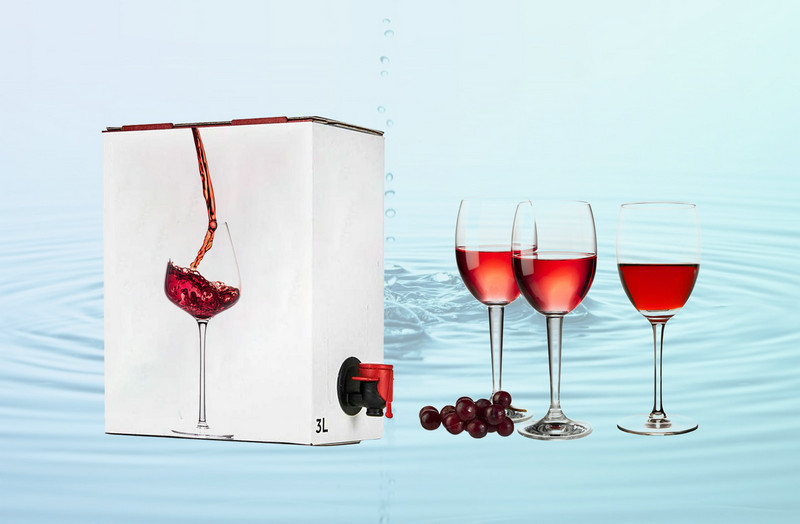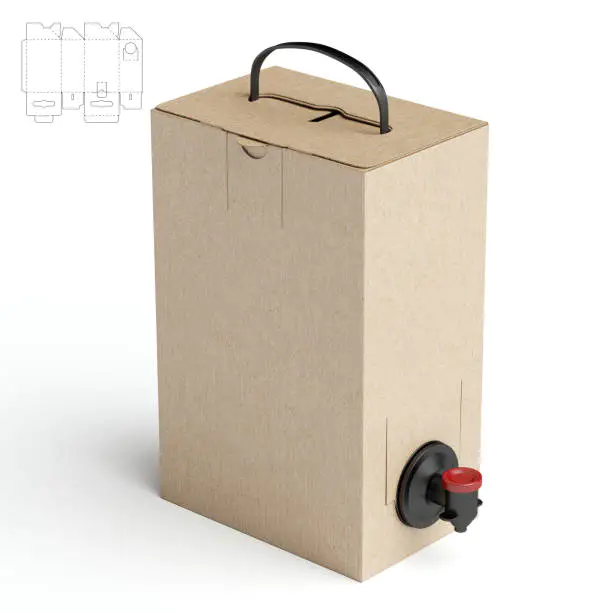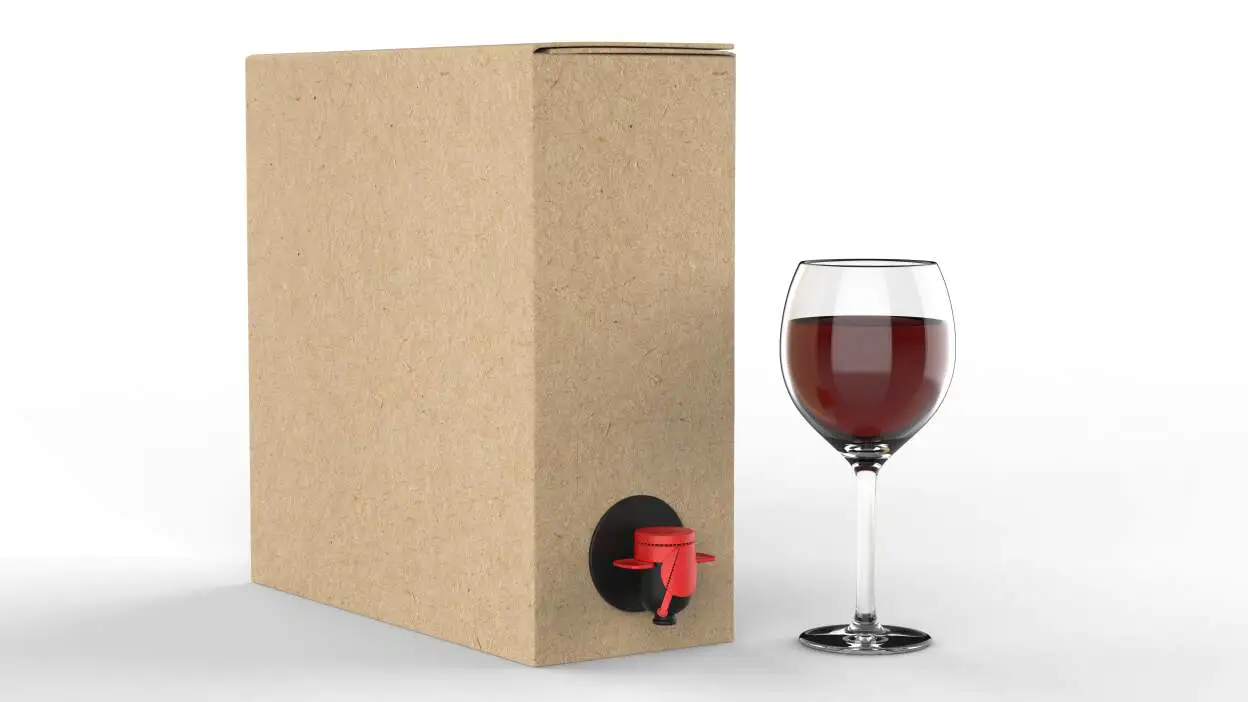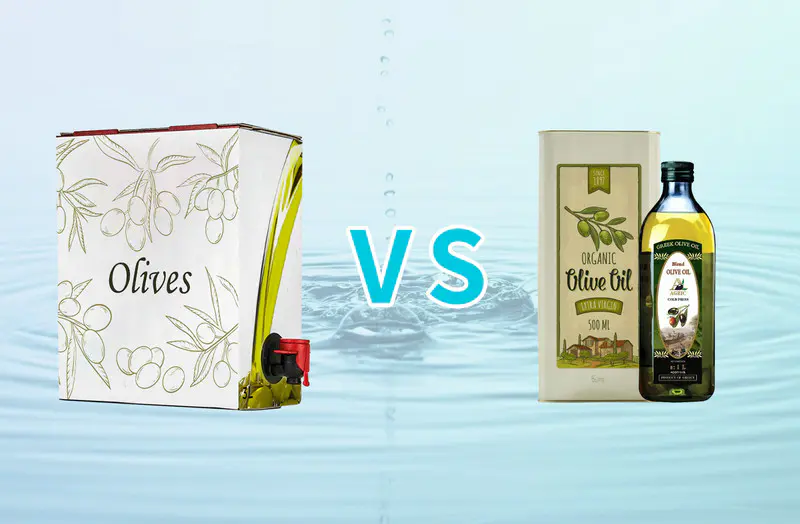
Wine as a consumer product has become synonymous with the glass bottle, but many wineries are looking elsewhere for containers, and a leading alternative is bag-in-box format. According to data from Future Market Insights, the wine segment holds the largest share of bag-in-box production within the beverage industry.
From familiar grocery store brands to European wine co-ops to some of the most respected wineries, bag in box containers are finding a place on the table. Often referred to as BIB, these products have some strong selling points. As Jason Haas, general manager at Tablas Creek Vineyard in Paso Robles, wrote in a recent blog piece, BIB “is by far the most effective package for reducing wine's carbon footprint.”
BIB didn’t seem like a realistic option for Tablas Creek until recently, because the top of the price point for a 3L box of wine in the US market generally tops out around $30. For example, Bota Box—a consistent player on the BIB landscape—indicates that their products range from $5.99 to $22.99. “Given that our least expensive wine at the time was $25, and the box contains four bottles, I didn't think it was an option for us,” writes Haas.
Advantages:light in weight,convenient for storage and transportation,low breakage ratio and convenient use,economical solution for transit storage,transportation and final retail packing.
This bag is maked by PA/PE laminated materials,with basic barrier and transparent material,it is widely used for edible oil,liquid egg,jam,syrup and other chemicals.

 中文简体
中文简体 英语
英语 西班牙语
西班牙语 俄语
俄语 葡萄牙语
葡萄牙语 法语
法语 德语
德语 意大利语
意大利语























